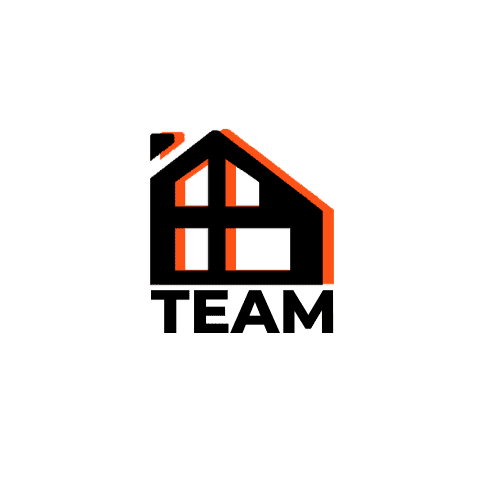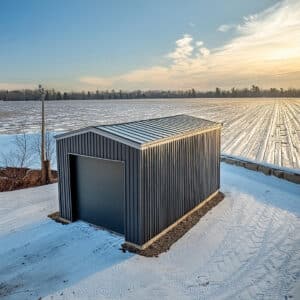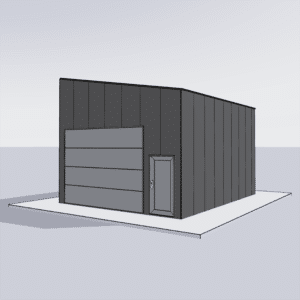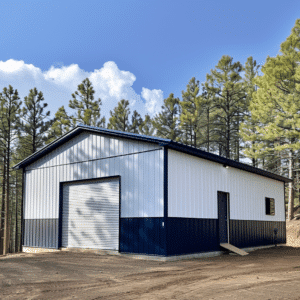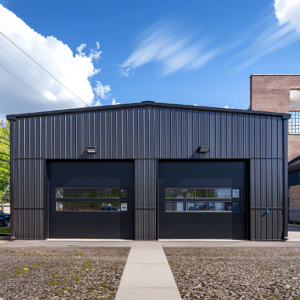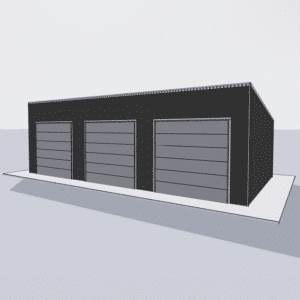In the ever-evolving landscape of construction regulations, staying informed about the latest updates is crucial for industry professionals. Recent government regulations have set new benchmarks, reshaping the way the steel construction industry operates. This comprehensive update on new regulations in steel construction will equip you with the knowledge needed to navigate these changes effectively.
The Current Impact of Steel Regulations Update
As the building sector adapts to modern demands, regulation bodies have introduced various changes with a focus on enhancing safety, sustainability, and structural integrity. The steel regulations update aims to ensure that steel construction projects across Canada meet the highest standards of durability and efficiency.
Notable among these updates are changes in material quality standards and installation protocols. By aligning with international codes, Canada seeks to foster innovation while maintaining rigorous safety measures. This alignment allows Canadian steel buildings to remain competitive on the global stage, offering opportunities for growth and collaboration.
Why Are These Changes Important?
Regulatory updates are not merely bureaucratic hurdles—they’re catalysts for progress. The emphasis on sustainability ensures that new steel constructions leave a smaller carbon footprint, supporting Canada’s objectives in climate action. With these updates, construction firms can leverage new technologies and materials that promote energy efficiency and long-term cost savings.
Moreover, harmonized standards between provinces streamline interstate construction projects, making it easier for businesses to expand without facing disjointed legal obstacles. For those involved in importing or exporting materials, understanding these changes is crucial for complying with customs requirements and minimizing delays.
Key Aspects of the New Regulations
1. Enhanced Safety Protocols
One of the central themes of the new regulations is safety. The steel construction industry is now subject to stricter safety protocols designed to prevent accidents and enhance worker safety. Regulations now require more comprehensive safety training for workers, modern inspection technologies such as drones for difficult-to-access areas, and clearer documentation processes for project transparency.
Building Codes & Regulations underpinning these changes are meticulous, challenging construction companies to reevaluate their current practices and implement more effective safety measures.
2. Sustainability Mandates
The push towards greener building initiatives cannot be overstated. The steel industry is encouraged to adopt practices that reduce environmental impact, such as recycling steel materials and utilizing renewable energy sources in manufacturing processes. These mandates align with international standards focused on minimizing the steel sector’s carbon footprint.
To further enhance understanding, businesses can follow Trends in Steel Building Industry which provide ongoing insights on adapting to these sustainability mandates.
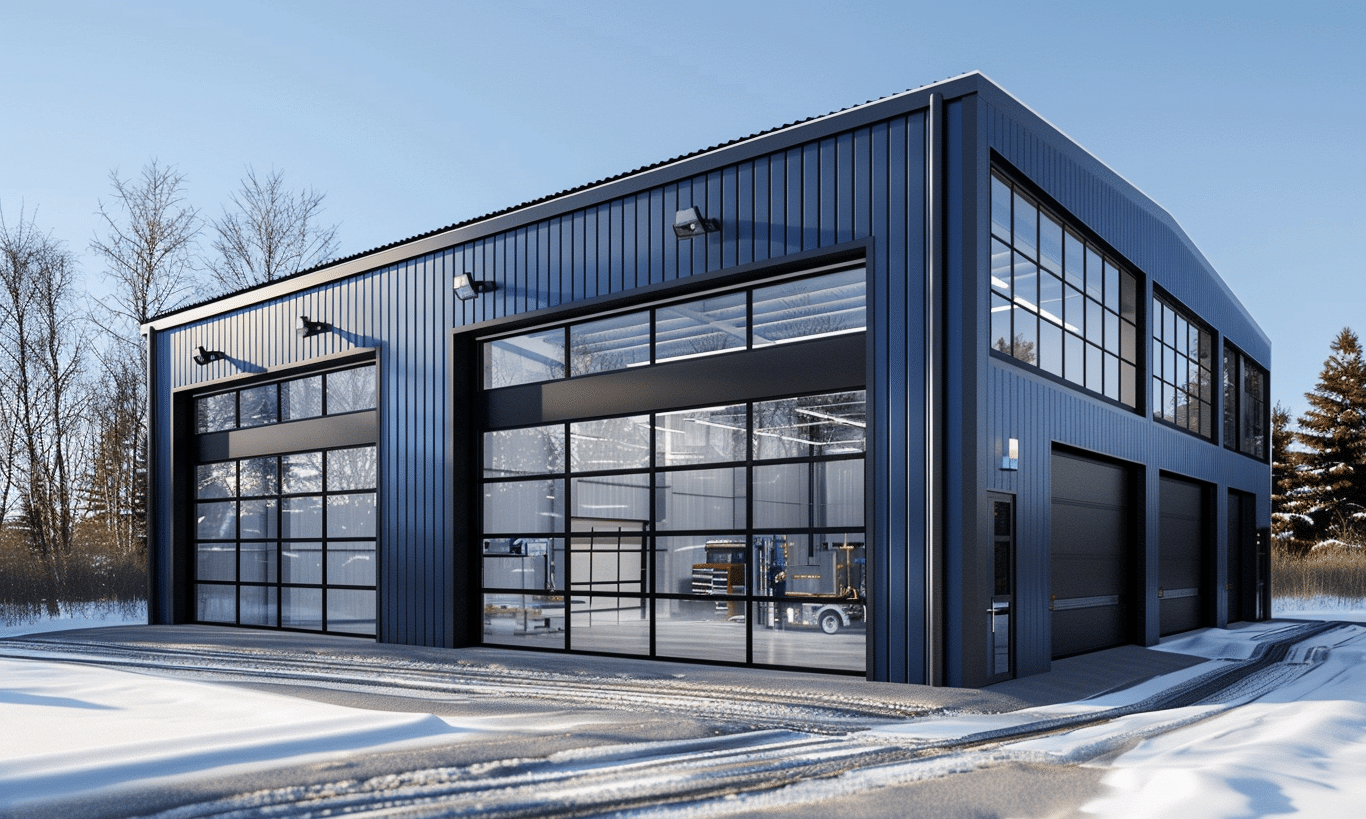
3. Material and Design Innovations
Another focal point of the regulations is the encouragement of Steel Building Innovations. These involve using high-strength alloys and innovative design technologies like 3D modeling software for enhanced project visualization. These innovations help optimize material usage and increase structural efficiency, leading to safer and more cost-effective buildings.
Adapting to the New Regulation Updates
For construction firms and professionals, staying ahead in the industry necessitates a proactive approach. Regular training workshops can be instrumental in keeping employees and management updated on evolving regulations. Moreover, collaborating with regulatory experts can provide businesses with tailored advice on translating obligations into actionable project steps.
Regular review sessions can also help teams discuss these updates and integrate them effectively into their day-to-day operations. By understanding Regulation Updates, businesses safeguard themselves from potential compliance issues and foster a culture of continual improvement.
Greater Opportunities Ahead
While these regulations demand resource allocation and modifications in current operations, they also unveil numerous opportunities for industry leaders. By adopting cutting-edge practices and sustainable methodologies, firms can enhance their brand reputation, facilitate new partnerships, and tap into niche markets.
The changes essentially lay the groundwork for a versatile construction future, enticing stakeholders committed to progressive transformation. Whether it’s through innovative design or efficient resource management, the new Building Codes & Regulations are a stepping stone to unprecedented growth within the steel construction industry.
In conclusion, understanding and embracing these government regulations is not just about compliance; it’s about positioning your business as a leader in a dynamic industry that values safety, sustainability, and innovation. By integrating these updates into your operational blueprint, you not only comply but thrive in the ever-globalized market.
Keep your focus on future trends and regulatory changes, ensuring your company is not just current but ahead of the curve in this rapidly shifting industry landscape.
